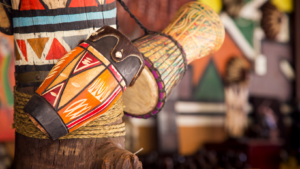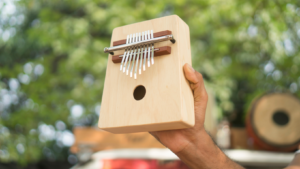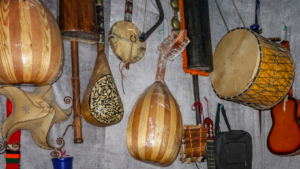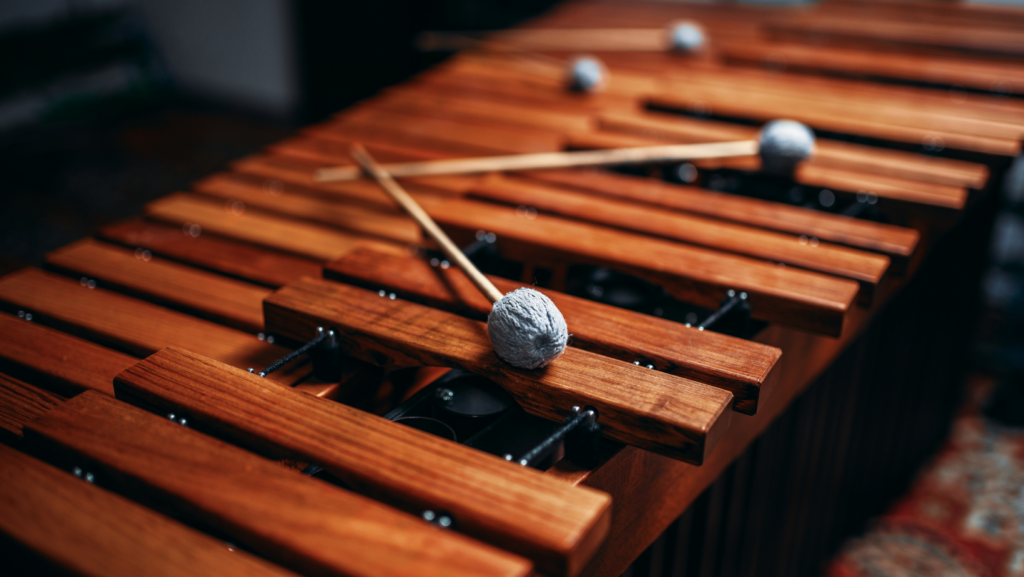African music instruments are a vibrant tapestry of sound, culture, and history, each piece resonating with the stories of its people. From the rhythmic beats of the djembe to the melodic tones of the kora, these instruments are more than just tools for music—they’re a profound expression of African identity and heritage. Their diverse sounds have transcended borders, influencing global music genres and captivating audiences worldwide.
Rooted in tradition yet ever-evolving, African instruments play a pivotal role in ceremonies, storytelling, and social gatherings. They reflect the continent’s rich diversity, with each region boasting its unique musical styles and instruments. Whether it’s the deep, resonant hum of the mbira or the intricate rhythms of the balafon, these instruments offer a glimpse into the soul of Africa. As modern musicians continue to draw inspiration from these ancient sounds, the legacy of African music instruments remains as dynamic and influential as ever.
African Music Instruments
 African music instruments exhibit a wide range of cultural diversity and historical significance. These instruments play a crucial role in shaping the musical landscape of the continent, with each region offering its own distinctive sounds and styles. Wind, string, and percussion categories cover the primary types of instruments, reflecting a dynamic and varied musical tradition.
African music instruments exhibit a wide range of cultural diversity and historical significance. These instruments play a crucial role in shaping the musical landscape of the continent, with each region offering its own distinctive sounds and styles. Wind, string, and percussion categories cover the primary types of instruments, reflecting a dynamic and varied musical tradition.
Types Of African Drums
African drums hold immense cultural significance and feature prominently in a wide array of traditional music styles. Widely celebrated for their rhythmic power and distinct sounds, these drums vary greatly across regions.
Djembe
The djembe is a goblet-shaped drum prominent in West Africa. Crafted from a single piece of wood, it’s topped with an animal skin drumhead. Djembe is played by hand, producing varied tones depending on where the drumhead is struck. It features heavily in ceremonies like weddings and harvest festivals. Known for its versatility, the djembe allows musicians to express intricate rhythms. The drum often accompanies dances and storytelling sessions, reflecting its integral role in community life.
Talking Drum
The talking drum, noted for its hourglass shape, is another staple in West African music. Its name derives from its ability to mimic human speech. The pitch can be altered by squeezing the drum’s tension cords, allowing skilled players to “speak” messages. Played with a curved stick, this drum features in communication and ceremonial events. It’s used in praise-singing, where drummers convey the leader’s deeds or historical events. Its adaptability makes it important in both traditional and contemporary settings.
String Instruments In African Music
String instruments in African music offer distinct sounds that reflect the continent’s cultural diversity. Instruments like the kora and mbira have deep historical roots and contribute significantly to traditional and contemporary African music.
Kora
 The kora, a 21-string harp-lute, originates from West Africa. It’s commonly used by griots—traditional storytellers—to accompany oral histories and songs. Constructed with a large calabash cut in half and covered with cow skin, the kora produces a resonant and melodious sound. Players use both hands, with thumb and index fingers plucking the strings, creating intricate harmonic patterns. The kora remains pivotal in modern African music genres, blending seamlessly with jazz, blues, and other global music forms.
The kora, a 21-string harp-lute, originates from West Africa. It’s commonly used by griots—traditional storytellers—to accompany oral histories and songs. Constructed with a large calabash cut in half and covered with cow skin, the kora produces a resonant and melodious sound. Players use both hands, with thumb and index fingers plucking the strings, creating intricate harmonic patterns. The kora remains pivotal in modern African music genres, blending seamlessly with jazz, blues, and other global music forms.
Mbira
The mbira, also known as the thumb piano, hails from Zimbabwe and other parts of Southern Africa. Featuring a wooden board with metal tines, it produces a distinctive, tinkling sound when plucked. This instrument holds spiritual significance, often used in rituals and ceremonies to communicate with ancestors. Performers play the mbira by plucking the tines with thumbs and fingers while holding the instrument in both hands. Its unique sound and cultural importance have led to its incorporation into diverse musical styles worldwide, enhancing both traditional and contemporary compositions.
Wind Instruments Across Africa
 Wind instruments play a vital role in African music instruments, offering distinct sounds that enhance cultural expressions. They hold ceremonial importance and are crafted to convey messages, traditions, and emotions unique to the continent.
Wind instruments play a vital role in African music instruments, offering distinct sounds that enhance cultural expressions. They hold ceremonial importance and are crafted to convey messages, traditions, and emotions unique to the continent.
The vuvuzela, a long plastic horn, gained international fame during the 2010 FIFA World Cup in South Africa. It’s known for producing a loud monotone sound. Historically, it serves to summon gatherings and signal celebrations. In its cultural context, the vuvuzela represents community spirit and unity at sporting events and festivals.

